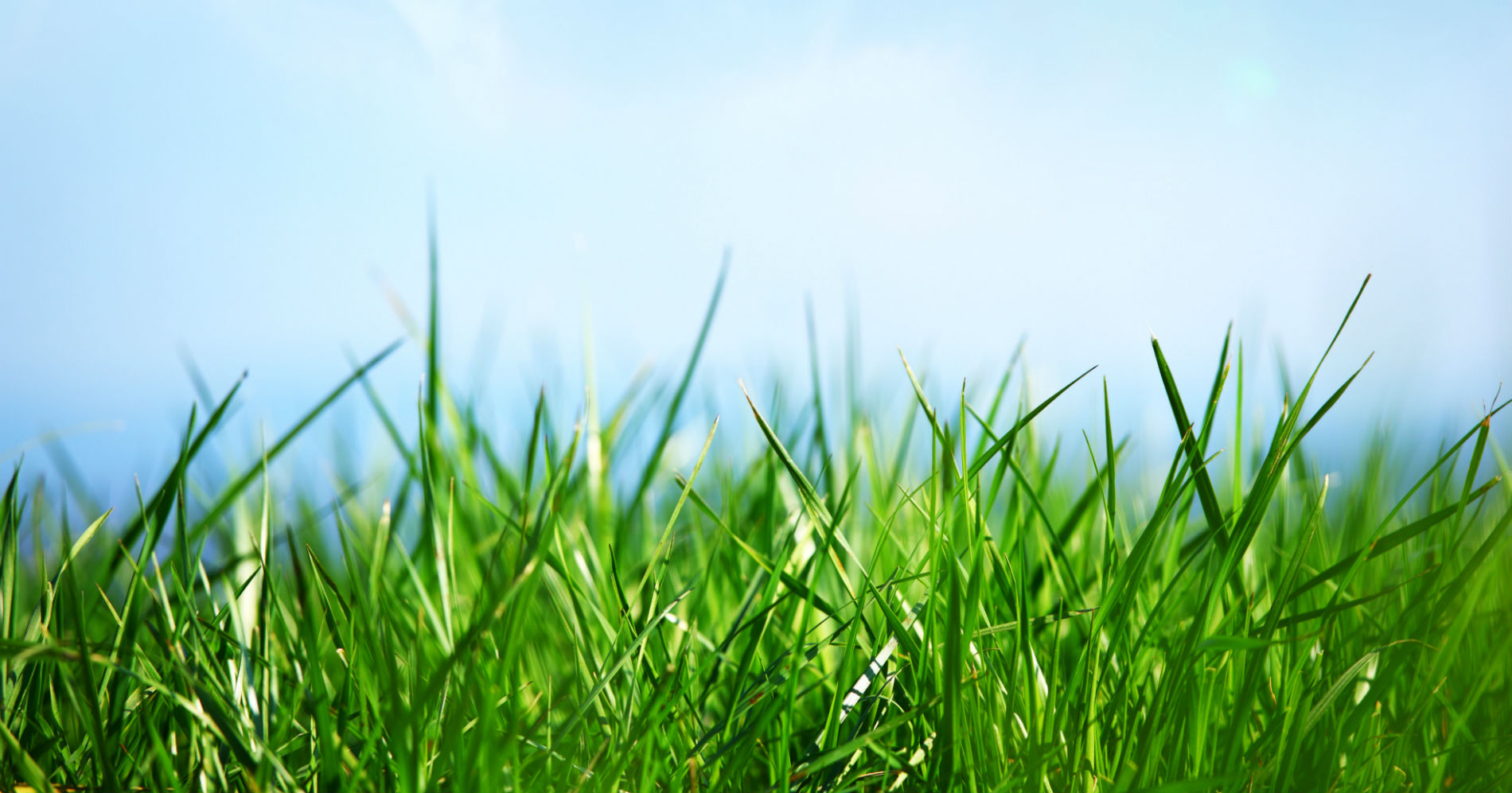6 Essential Lawn Care Tips You Need to Do This Fall
 There is nothing more inviting in your yard than a lush, green lawn. But great lawns take hard work and dedication. Summer heat can leave lawns brown and patchy. Fall is the best time to take action to help get your lawn back on track. Here are six things you can do this fall to improve the look and health of your lawn.
There is nothing more inviting in your yard than a lush, green lawn. But great lawns take hard work and dedication. Summer heat can leave lawns brown and patchy. Fall is the best time to take action to help get your lawn back on track. Here are six things you can do this fall to improve the look and health of your lawn.
Get a Soil Test
Check with a local soil test company or a nearby university and have a soil test performed. A sample of your yard’s soil is taken and examined to determine what necessary elements are missing from your yard’s soil, and then suggestions are made for how to overcome those problems. For example, you might discover that the soil in your area is very acidic, and that you should apply crushed limestone to change the pH and create an environment more conducive to growing grass. Soil tests are the best way to get personalized help for your specific lawn.
Aerate Your Soil
It’s important to aerate your soil. Aerating pokes holes in the soil, breaking up hard, dense soil, making it easier for oxygen, water, and nutrients to reach the grass roots, promoting deep root growth.
Dethatch Your Lawn, if Applicable
In some types of lawns, thatch can develop, which is essentially dead grass blades and roots that can settle just above the soil. This buildup can prevent nutrients from accessing the living grass roots. Dethatch your lawn to remove that layer of buildup and allow your roots more access to water and nutrients. This is not a necessary step for all varieties of lawn, so be sure to check your lawn type before performing this step.
Fertilize and Apply Soil Amendments
According to A-Affordable Lawn and Tree, the results of your soil test should specify what specific type of fertilizer will best help your lawn. Fertilizer recommendations are typically given in three number ratios (5-10-5, or 10-10-10, etc.). These three numbers indicate the different levels of nutrients found in that specific fertilizer, specifically Nitrogen – Phosphate – Potassium. You should pick the fertilizer with the ratio that will best suit your lawn. For example, if your soil test says you’re low on nitrogen, they might suggest using a fertilizer that has a higher ratio of nitrogen to phosphate and potassium. This is another major benefit of getting a soil test. You could be spending a lot of money putting fertilizer on your lawn, while still not targeting the precise nutrients your lawn is lacking. A soil test helps make sure you’re giving your lawn exactly what it needs to thrive. Be sure to apply any other soil amendments recommended in the soil test as well.
Overseed Your Lawn
Over time, lawns can start to look less than their best. Overseeding is the process of spreading new grass seed over top of an existing lawn. It’s not necessary to cover the new grass seed with top soil or hay. Simply spread the seed and then water. Overseeding helps make your lawn thicker and fuller. Dying grass is consistently replaced with newer grass, so your lawn always looks looking youthful and vibrant. The best time to overseed your lawn is in the fall, just as soon as peak temperatures no longer reach 95 degrees. You can overseed in the spring as well, but overseeding in the fall allows for the new grass to grow roots deep enough to help it last through the following summer.
Water
After you have seeded your lawn, the next step is water. Grass seed must stay moist constantly. If it dries out, the seed will die. Water your lawn lightly twice a day, but don’t water it so much that the water starts to puddle up. Just lightly sprinkle enough water to moisten the soil until the seed germinates.
Having a beautiful lawn is definitely not for the faint of heart. Taking care of a lawn is a lot of hard work, but by following these six tips, you too can have a thick, lush lawn perfect for enjoying those beautiful fall evenings.

















